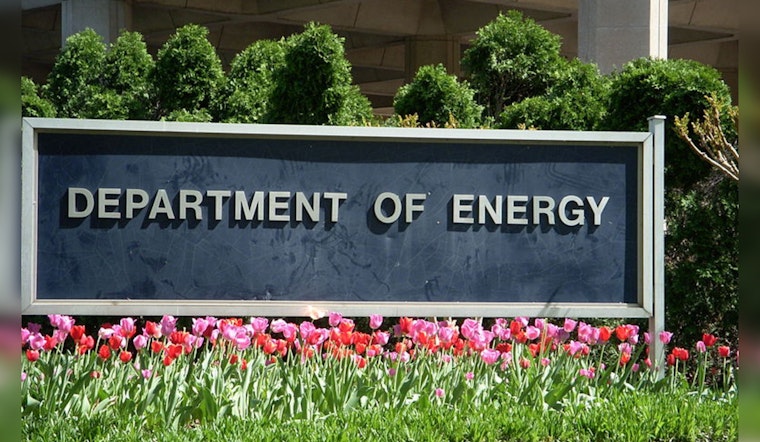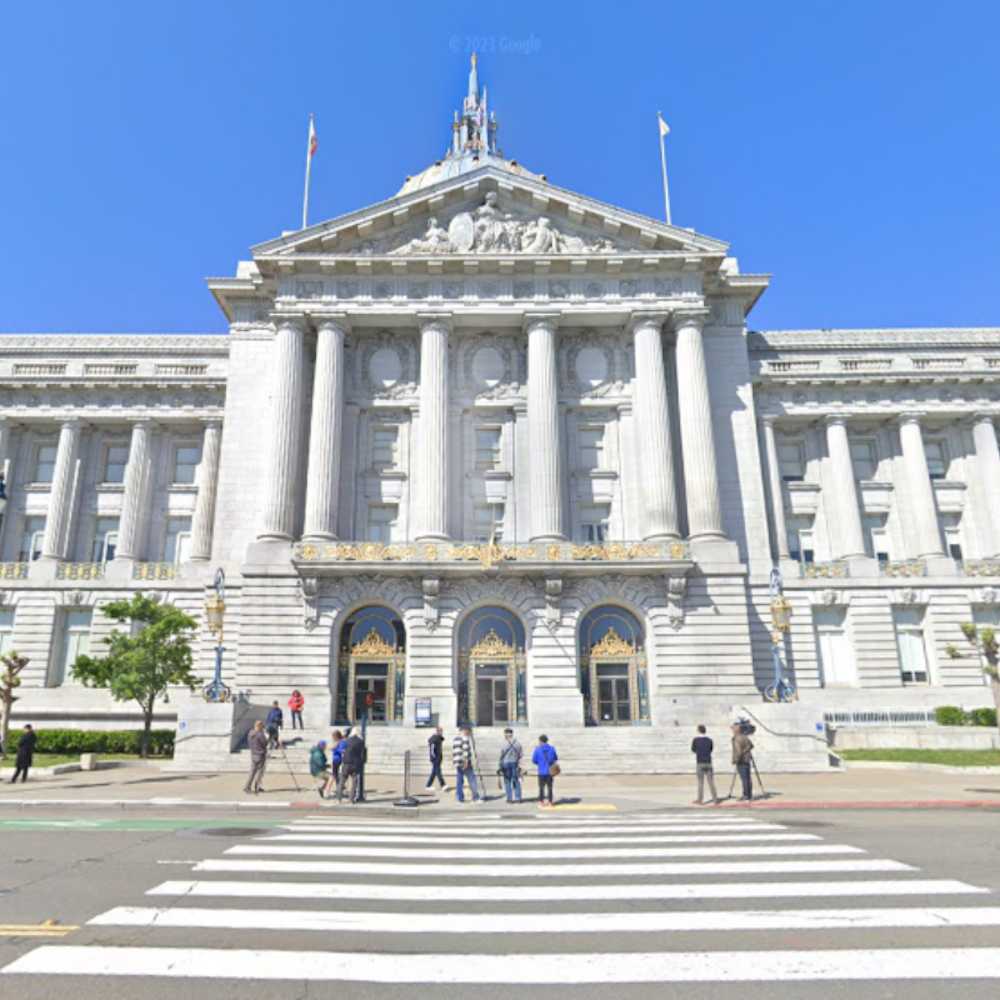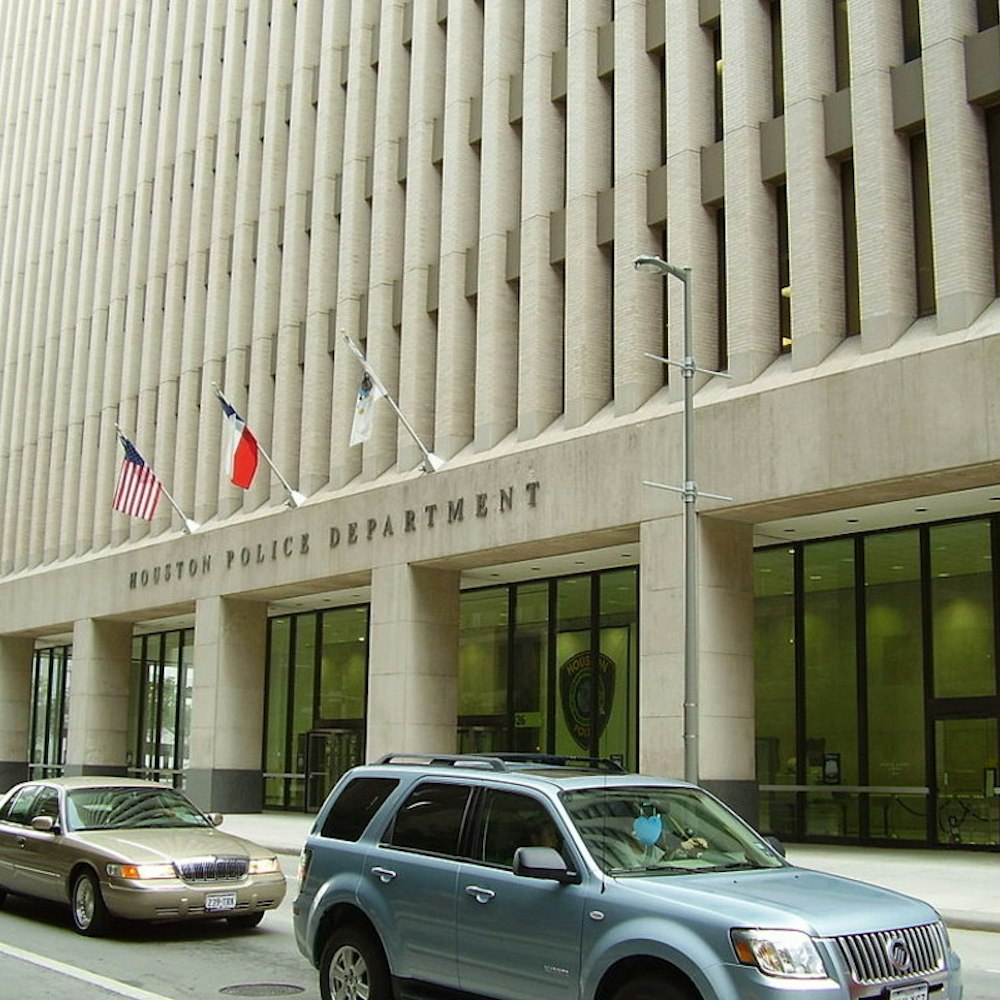
In a hefty push for green energy, the Biden-Harris Administration is dropping a cool $22 million to streamline the siting and permitting process for big-time renewable energy projects. This wad of cash is part of President Biden's strategy to get a clean electricity sector by 2035 and a net-zero emissions economy by 2050. City planners and community muckety-mucks across six states are getting a slice of this $10 million pie through the DOE's R-STEP program. They're tasked with the nitty-gritty of figuring out where and how to pop up wind and solar farms, plus the brainy stuff like battery storage setups.
According to a statement, wind and solar need to cover up to 80% of the nation's electric needs to hit Biden's clean energy targets. That means breaking down the roadblocks to slapping up these eco-friendly powerhouses. A lot of these big projects will sprawl across private lands, where the local bigwigs have the final say on permits. DOE's R-STEP program is doling out expertise and material to help these decision makers green-light more projects, faster.
U.S. Secretary of Energy Jennifer M. Granholm underlined the urgency, noting, "Solar and wind energy and battery storage are on the rise throughout America. This year, we expect these to make up a record-breaking 94% of our nation’s new electric-generating capabilities," Granholm told reporters. "Often, the biggest barrier to deploying that clean generation is siting and permitting. The Biden-Harris Administration is helping provide local leaders with the resources needed to deploy more clean energy to their residents in a way that is tailored to their unique needs."
The R-STEP program is prepping local leaders to roll out these projects with community consent. It's all about fostering a fertile ground for job creation, beefing up the power grid, trimming electricity bills, and bringing the bacon home to communities often left in the dust. The states getting their hands dirty with these energy blueprints span from Indiana's $1.9 million jackpot to Wisconsin's $1 million energy engagement strategy.
Each of these collaboratives is a melting pot of interested parties, from university eggheads and state agencies to farmer unions and tribes. The crew at Purdue University Extension in Indiana, for example, is becoming a go-to for technical support. Meanwhile, the North Carolina Clean Energy Technology Center aims to chuck up an online info hub to handle all those curly questions from concerned locals. Even more, states can get in on the action when round two of funding drops, with the promise of an extra $12 million from the President's Inflation Reduction Act. Stay tuned to DOE's newsletters if you want to catch that wave.
With a round of negotiations between DOE and selected applicants on the horizon, none of this cash is a surefire thing until the's are dotted.









